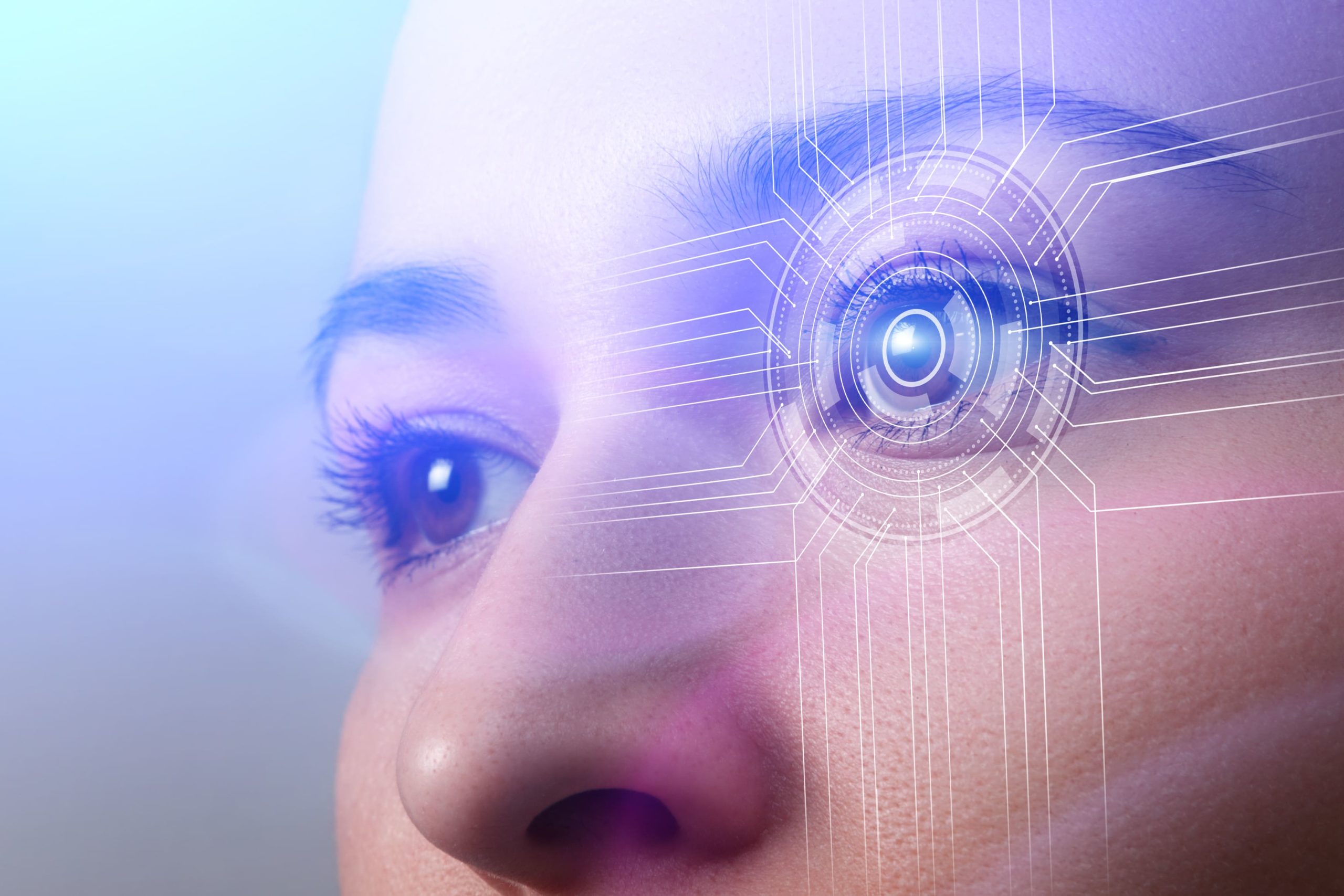Only a few years ago, biometric identity verification and authentication was just a blip on the radar of technological development. Today, virtually every mobile phone is unlocked with facial recognition technology and its application is expanding exponentially. Adoption has been lightning-fast. After all, it’s instant, highly convenient, and now more trusted and secure than legacy authentication modes like passwords and pin codes. So, what is its future?
The biometric industry is set to experience a 13.3% CAGR over the next decade, reaching $136.18 billion by 2031. This growth is driven by an increasing need for fast and convenient authentication modes and highly efficient, but user-friendly, security systems. At the same time, biometric technology is no longer limited to enterprises with deep pockets. Companies of all sizes are now able to adopt it due to its extreme scalability.
On the basis of industry, we expect the Banking and Financial Services sector to continue to account for the largest revenue share over the next decade. This is due to a trifactor of rising security threats, tougher regulatory requirements, and the growing emphasis on customer experience in a highly competitive market. Biometric technology has enabled the rapidly digitising sector to meet the heightened need for fast and secure remote identification protocols while boosting brand reputation – progressively the key factor of revenue growth.
Growth is not limited to the Banking and Financial Services sector, however. On the contrary, the healthcare, government, travel and transport sectors should also exert outsized demand for biometric technology in the near future. While the healthcare sector will use biometric identification to fast-track patient identification, governments will increasingly use it to streamline border control and access to public institutions (like tax records and benefits databases). Ridesharing companies will incorporate biometric tech to speed up onboarding and bolster trustworthiness and compliance.
Meanwhile, facial scanning technology will become more regular in workplaces in all industries for background checks and ongoing authentication. Face or fingerprint recognition kiosks will also enable cardless payments and even staffless stores.
In terms of deployment, we expect multimodal biometric authentication (using more than one biometric identifier to boost accuracy and anti-spoofing protection) to become more commonplace. There will also be a gradual shift from one-time authentication per session towards continuous authentication, using advanced behavioural patterns to guarantee superior security levels. The market will introduce new forms of biometric authentication. Innovative technology will be able to authenticate a user using more sophisticated (and therefore harder to fake) biometric markers, like hand geometry, heartbeat patterns, and even odour.
Undergirding all these changes will be new regulatory frameworks (such as eIDAS) that permit private institutions to authenticate customers’ identities using biometric technology while shoring up public trust. This will also catalyse the delivery of new ideas like citizen wallets to create uniform standards and simplify compliance.

